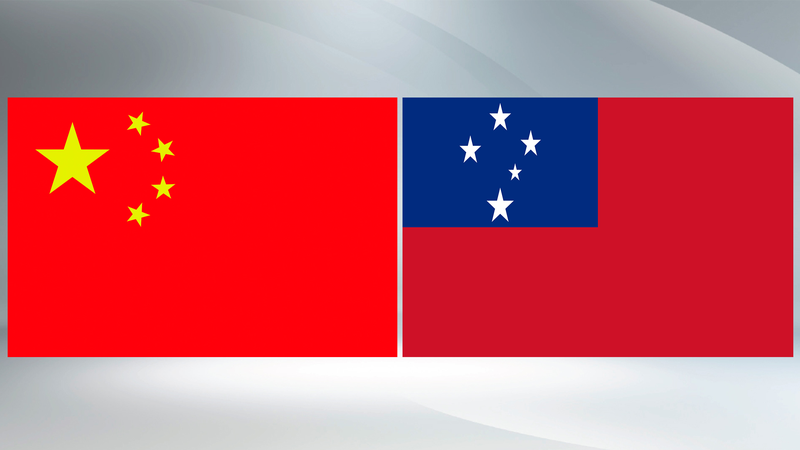Imagine stepping off the plane in Almaty and, within days, moving through a streamlined visa process to explore vibrant bazaars or attend startup conferences on the Chinese mainland. On Wednesday, the Chinese Foreign Ministry announced that the Chinese mainland and five Central Asian countries will simplify visa procedures, study the feasibility of opening consular offices, improve road and railway connections, and introduce more direct flights.
This announcement builds on May 20's landmark launch of the first direct train from Tianjin Port to Uzbekistan. That new rail route cut weeks off cargo transit times and opened fresh corridors for trade, tourism, and academic exchange.
What does this mean for you? For young professionals and entrepreneurs, faster visas and new routes can unlock booming markets and partnerships across borders. Digital nomads and travelers can look forward to more seamless itineraries, whether chasing culture in Central Asia’s mountain valleys or tapping into innovation on the Chinese mainland.
For thought leaders and changemakers, easier mobility can fuel collaboration on sustainability, human rights, and regional development. Students and researchers may find it simpler to attend conferences, workshops, and cultural festivals, while sports and entertainment fans could catch more cross-border events—from e-sports tournaments to film premieres—with fewer travel headaches.
Still, implementation will be the real test. As consular plans take shape and airlines map new flight paths, the world will watch whether these agreements translate into faster visas, smoother logistics, and stronger people-to-people ties across the Silk Road’s modern corridors.
Reference(s):
China, Central Asian countries agree to enhance personnel exchange
cgtn.com




